The art of recall training for parrots is both a science and a dance of trust between bird and handler. Unlike dogs or cats, parrots possess a unique combination of intelligence, curiosity, and independence that makes recall training a delicate yet rewarding endeavor. Whether you're working with a young parrot just learning to spread its wings or an older bird that needs retraining, the principles of patience, consistency, and positive reinforcement remain the cornerstone of success.
Understanding the Parrot's Mindset
Before diving into recall training, it's essential to recognize how parrots perceive their environment. These highly social creatures thrive on interaction and mental stimulation. In the wild, parrots rely on their flock for safety and companionship. When brought into a domestic setting, their human caretakers become their flock. This bond is the foundation upon which recall training is built. A parrot that trusts its handler is far more likely to respond to recall cues than one that feels insecure or neglected.
Recall training isn't merely about getting a parrot to return to its cage. It's about fostering a relationship where the bird feels compelled to return because it associates the handler with positive experiences. This distinction is crucial. Too often, owners focus solely on the mechanical aspects of training—repetition, treats, and commands—while overlooking the emotional connection that makes the training stick.
The Role of the Environment in Training
Environment plays a pivotal role in recall training. A chaotic or unfamiliar space can overwhelm a parrot, making it less likely to respond to recall attempts. Start training in a quiet, controlled area where the bird feels safe. This could be a small room with minimal distractions or even the parrot's own cage area initially. As the bird becomes more confident, gradually introduce new environments to generalize the recall behavior.
One often overlooked aspect is the positioning of the cage or perch. Parrots are more likely to return to a space that feels like "home base." Ensure the cage is inviting—stocked with favorite toys, perches, and perhaps a treat or two. The goal is to make the return as appealing as the adventure of flying free. Over time, the parrot will associate the recall command not with confinement but with comfort and reward.
Timing and Consistency: The Unsung Heroes of Recall
Timing is everything in parrot recall training. The moment a parrot begins to show interest in returning—whether through body language or a slight turn of the head—is the moment to reinforce the behavior. Delayed rewards lose their effectiveness. Handlers must be observant and quick to respond with praise or a treat when the parrot makes even the smallest step toward compliance.
Consistency extends beyond training sessions. Every interaction with the parrot should reinforce the desired behavior. If recall is only practiced during designated training times but ignored otherwise, the parrot will struggle to understand the expectation. This doesn’t mean bombarding the bird with commands but rather integrating recall into daily routines naturally. For example, calling the parrot back before mealtime or when offering a favorite toy strengthens the association between the command and positive outcomes.
The Power of Positive Reinforcement
Positive reinforcement is the golden rule of parrot training, yet its execution is often misunderstood. Treats are a common reward, but they shouldn’t be the only tool in a handler’s arsenal. Parrots, like humans, have individual preferences. Some may respond better to verbal praise, head scratches, or the opportunity to play with a particular toy. The key is to identify what motivates your specific bird and use that as leverage during training.
It’s also important to vary rewards to prevent habituation. If a parrot receives the same treat every time, the reward may lose its appeal. Mixing up rewards keeps the parrot engaged and eager to perform. Additionally, the intensity of the reward should match the difficulty of the behavior. A simple step toward the handler might earn a small piece of fruit, while a full recall from across the room could warrant an extended play session or a highly coveted treat.
Common Pitfalls and How to Avoid Them
One of the most common mistakes in recall training is progressing too quickly. Handlers, eager to see results, may increase distance or distractions before the parrot is ready. This can lead to frustration for both parties. A better approach is to advance in small increments, ensuring the parrot is successful at each stage before moving forward. If the bird begins to struggle, take a step back and reinforce earlier steps.
Another pitfall is negative reinforcement. Scolding a parrot for not recalling or forcing it back to the cage can erode trust and create negative associations with the training process. Parrots don’t respond well to punishment; they thrive on encouragement. Even if a recall attempt fails, ending the session on a positive note—perhaps with a simple trick the parrot knows well—keeps the experience constructive.
Building Long-Term Success
Recall training isn’t a one-time event but an ongoing practice. Even after a parrot has mastered the basics, regular reinforcement is necessary to maintain the behavior. Incorporating recall into daily activities ensures it remains a natural part of the parrot’s repertoire. Over time, the goal is for the parrot to view recall not as a command but as a choice it willingly makes because the outcome is consistently rewarding.
The bond formed through recall training often extends beyond the behavior itself. Handlers who invest the time and patience into this process frequently find their parrots more attentive, affectionate, and engaged overall. It’s a testament to the profound connection that can be achieved when training is approached with understanding, respect, and a bit of creativity.
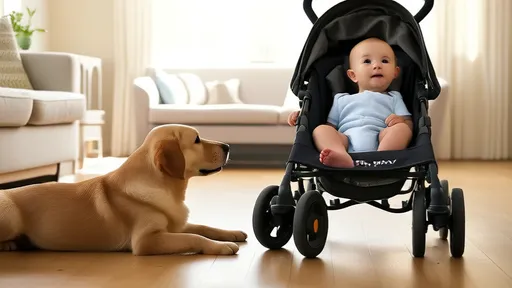
By /Jul 24, 2025
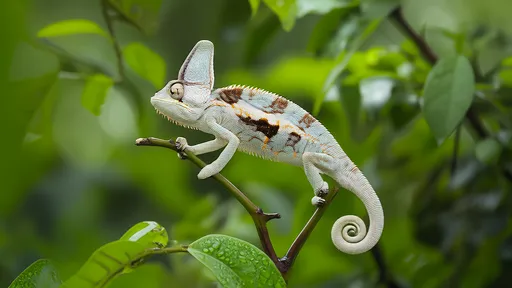
By /Jul 24, 2025

By /Jul 24, 2025
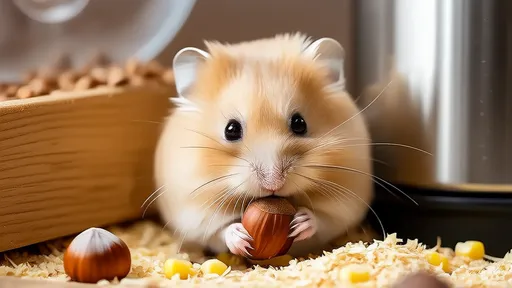
By /Jul 24, 2025
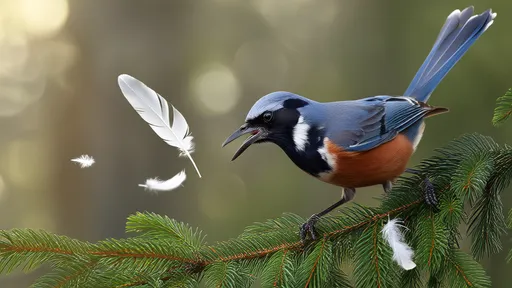
By /Jul 24, 2025
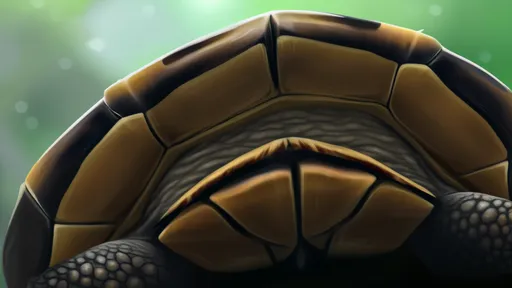
By /Jul 24, 2025
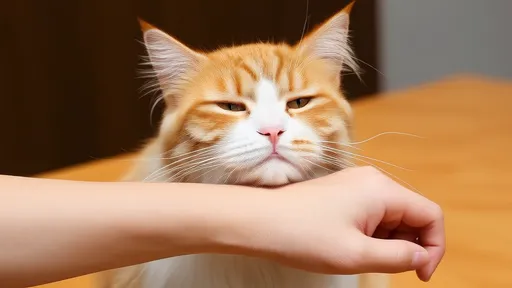
By /Jul 24, 2025
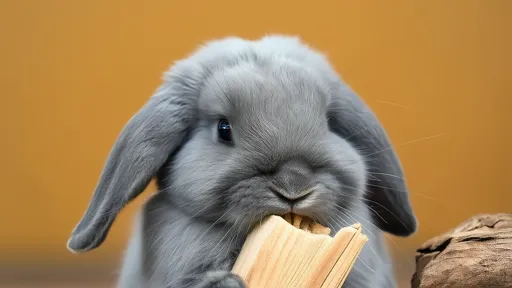
By /Jul 24, 2025

By /Jul 24, 2025

By /Jul 24, 2025
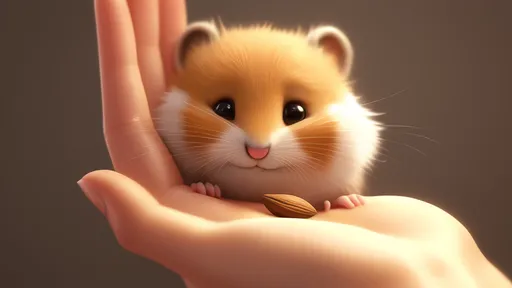
By /Jul 24, 2025

By /Jul 24, 2025

By /Jul 24, 2025
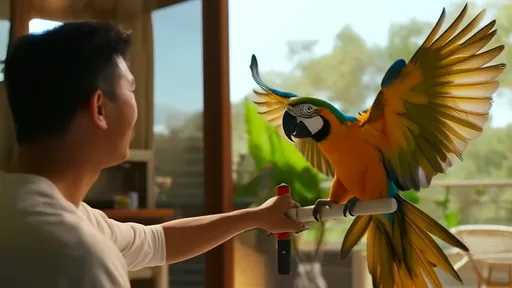
By /Jul 24, 2025

By /Jul 24, 2025
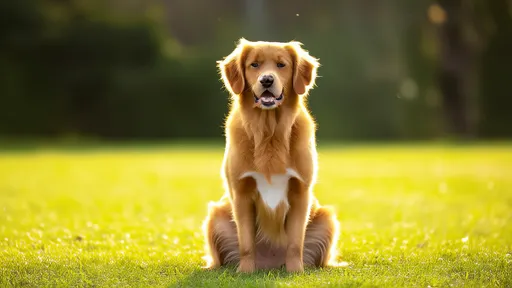
By /Jul 24, 2025

By /Jul 24, 2025

By /Jul 24, 2025